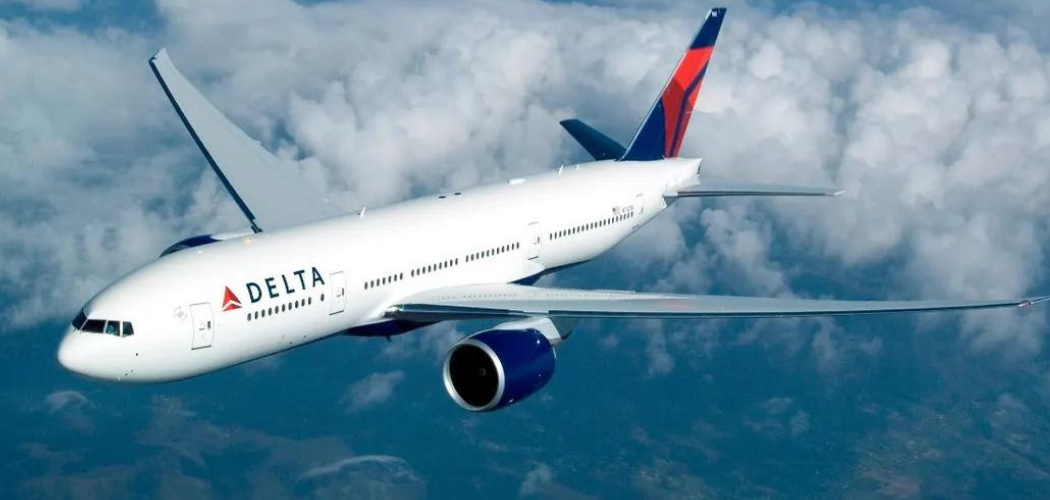Why Centering Your Loyalty Program on the Mobile App Leaves You at Risk
We’ve often compared the loyalty program enrollment process to sending out invitations to a party. By launching the loyalty program, the brand is effectively shouting to the world that “we’re having a party, why don’t you join in?” Responding to the invitation, the customer just has to RSVP, if they are being polite, or could simply show up at the appointed time. It’s that simple, isn’t it?
Hold on a minute. The party example doesn’t fully translate for brands launching their loyalty program. There is this little thing called the “enrollment process.” And it can be complicated, if not disconcerting.
The mobile app has emerged as a popular way to manage program enrollment. Some would have you believe that having a mobile app as the centerpiece of your program is mandatory for success. Before you jump on the mobile app bandwagon, however, careful analysis is needed. The mobile app is a great solution for many brands, but certainly not for every brand.
If a mobile app download is required for program enrollment, you are creating a level of friction that not all customers will get past. Not every customer wants another app on their phone and those ‘app fatigued customers will be left out of your program.
In addition, remember that to successfully use a mobile app to drive a loyalty program, two main activities must take place – customers need to download the app and then use it. These are two separate behaviors and app usage is not guaranteed after a download.
Experience has shown that the average user engages with 30 apps per month, or about 9-10 apps per day. The potential for “app attrition” is huge. Research shows that 71% of app users churn after three months. In fact, 62% of smartphone users won’t download an app just to complete a transaction and, of the 38% who will, half say that they would simply uninstall and delete the new app after their purchase is complete.
To battle app attrition, you have to be realistic about whether your app can qualify as one of the 30 that are used each month. Among the list of “apps that people can’t live without,” there is only one retailer, Amazon. Maybe it’s not a big surprise that the top ten list includes TikTok, Instagram, Cash App, WhatsApp, Snapchat, Subway Surfers, Roblox, Amazon, Messenger, and Facebook.
If your team is realistic about these numbers, then you realize that the bar for creating an app that will remain relevant for customers to keep on their phones is extremely high. How many retailers do you know that can meet this challenge in a crowded and noisy market?
Enrollment is Key to Program Success
If you understand loyalty economics, you know that hitting enrollment targets is the first and most critical step to success. Your program required a big front-end investment just to get it off the ground, and recovering those costs to reach a break-even point means you need to hit your enrollment targets.
By building a big program membership early after launch, you have the strongest opportunity to drive incremental visits and purchases, in turn generating gross profit that will recoup the loyalty investment. While participation and activity rates are the main focus for programs over the long term, the initial enrollment goals must be met, or your program could be in trouble.
As mentioned, a mobile app can still be a key component in a loyalty program, but requiring usage of the app can be very limiting to your program in both enrollment and usage.
Alternatives to Mobile apps
What if your customers received a brief message just after they inserted or tapped their payment card while checking out that helped them enroll without slowing down the checkout process? That message would ask them something like “Welcome … it looks like you are new to us … would you like to register for our loyalty program?”
Customers can easily press the “yes” button and then enter a phone number while the rest of the purchase transaction processes to completion. Only a few milliseconds have passed, and no one is grumbling in the line behind the customer. Everyone is a winner. A mobile app download is never required (but could be optional).
One type of this POS centric technology, Smart Enrollment, is offered by vPromos and is being used by many retailers who realize that every bit of friction they can remove from the enrollment process improves their enrollment rates. Smart Enrollment also helps with participation rates. Most retailers, QSR’s and Convenience retailers track their “scan rates” and using a system that retains tokenized payment card information to identify a customer upon a return visit makes scanning for purchase credit a no-brainer.
In this scenario, every time the customer makes a purchase, they are prompted with one of two messages. If the customer returns with the payment card used while enrolling, the system welcomes you back and thanks you for your visit. If they happen to present a different payment card, you will be asked “do you want us to add this card to your account?”
Think about this; every time a card transaction is made on a POS terminal, brands can identify them and strengthen the relationship, or risk missing out on a transaction made by a regular customer. Considering the race for customer identification and profile development, most brands don’t want to risk losing transactions at all.
That’s the key benefit of Smart Enrollment as offered by vPromos.




